Home>Interior Design>How To Design A Formal Living Room: Emma Sims Hilditch Advises On Creating Smart Spaces
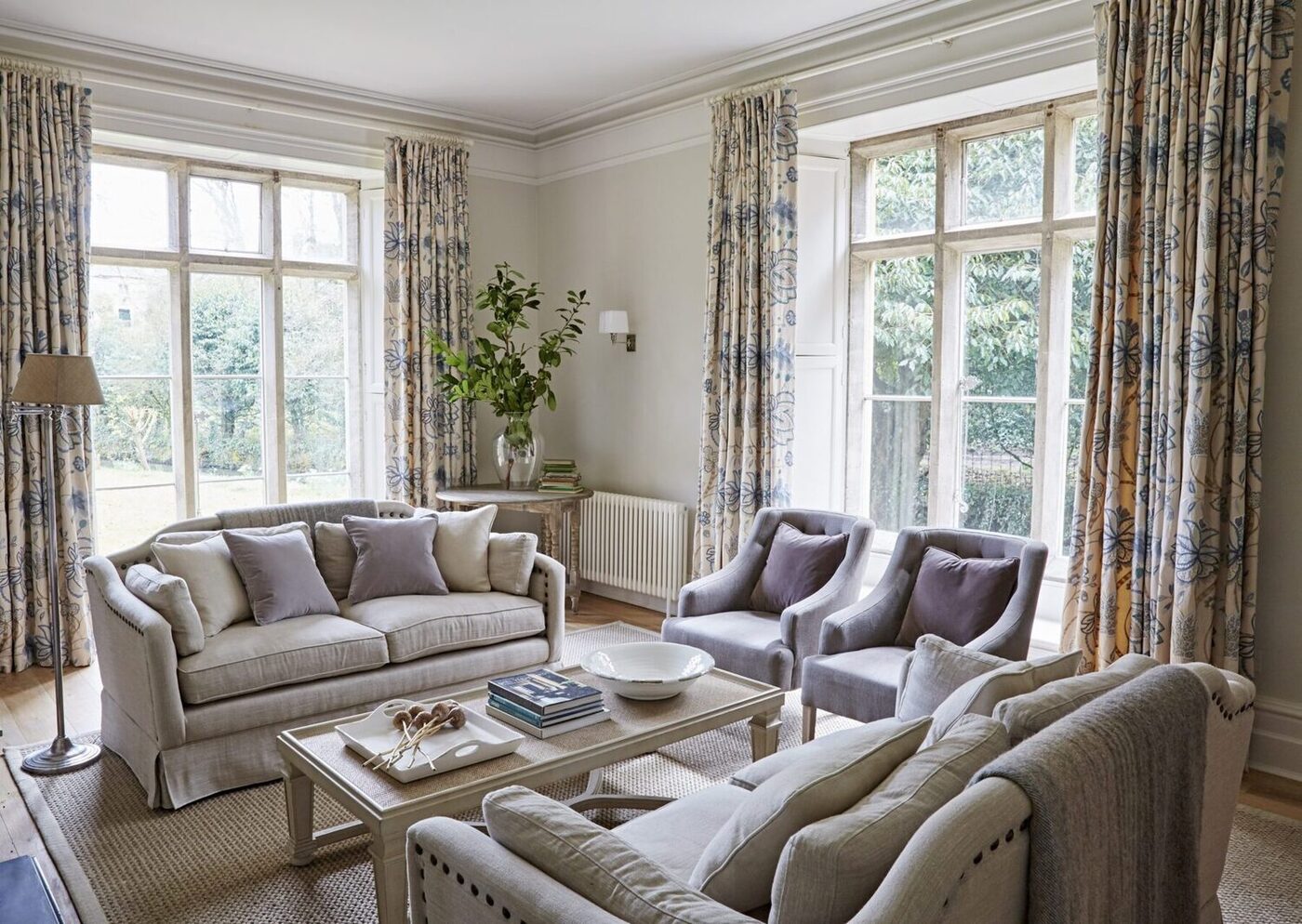

Interior Design
How To Design A Formal Living Room: Emma Sims Hilditch Advises On Creating Smart Spaces
Modified: October 29, 2024
Learn how to create a sophisticated formal living room with expert advice from Emma Sims Hilditch, a renowned interior designer. Enhance your space with smart interior design techniques.
(Many of the links in this article redirect to a specific reviewed product. Your purchase of these products through affiliate links helps to generate commission for Storables.com, at no extra cost. Learn more)
Introduction
A formal living room is often considered the heart of a home, a space where we entertain guests, relax, and showcase our personal style. Designing a formal living room requires careful consideration of various elements, from furniture selection to lighting and decor choices. With the guidance of renowned interior designer Emma Sims Hilditch, known for her expertise in creating smart and sophisticated spaces, we will explore the essential steps to design a formal living room that is both functional and visually appealing.
Emma Sims Hilditch believes that a well-designed formal living room should strike a balance between elegance and comfort. It is a space where you can host guests and family members while creating a welcoming atmosphere that reflects your personal style. Whether you prefer a traditional, contemporary, or eclectic look, the following steps will guide you in transforming your formal living room into a stylish haven.
Key Takeaways:
- Create a harmonious formal living room by understanding its purpose, determining a style, choosing the right furniture, and incorporating appropriate lighting, textiles, and accessories. Pay attention to arrangement, layout, and final touches for a visually appealing and inviting space.
- Transform your formal living room into a cozy and sophisticated haven by carefully curating wall decor, incorporating textiles and upholstery, adding accent pieces and accessories, and focusing on final touches and finishing details. Consider warm colors, soft textures, layered lighting, and personal touches for a welcoming atmosphere.
Understand the Purpose of a Formal Living Room
Before embarking on the journey of designing your formal living room, it is essential to understand its purpose. The formal living room serves as a space for socializing, entertaining guests, and showcasing your personal style and taste.
Consider how you intend to use the room. Will it primarily be used for hosting formal events and gatherings, or would you like it to have a more relaxed and casual feel? Clarifying the purpose of the room will help you make informed decisions about the design elements you incorporate.
It is also important to think about the size and layout of the space. A large formal living room can accommodate more seating and larger furniture pieces, while a smaller room may require a more minimalist approach.
When determining the purpose of your formal living room, think about the frequency of use and the activities that will take place in the space. Do you envision it as a cozy spot for intimate conversations, or as a hub for large gatherings and entertaining?
Additionally, consider whether the room will serve multiple functions. If you plan to include a study area or a small library within the formal living room, you will need to incorporate furniture and design elements that facilitate these activities seamlessly.
Understanding the purpose of your formal living room will guide your design decisions moving forward. It will help you create a space that not only showcases your style but also meets your specific needs and preferences.
Determine the Style and Theme
Once you have a clear understanding of the purpose of your formal living room, it’s time to determine the style and theme that will guide your design choices. The style and theme will set the overall tone and vibe of the space, reflecting your personal taste and creating a cohesive look.
Start by assessing your own preferences and identify the style that resonates with you. Are you drawn to traditional and classic designs, or do you prefer a more contemporary and modern aesthetic? Maybe you’re inspired by eclectic or transitional styles that blend different elements together.
Research different design styles to get a better understanding of their characteristics and key elements. Look through interior design magazines, browse online platforms, and create a mood board to collect images that inspire you. This will help you narrow down your preferences and define the style that you want to incorporate in your formal living room.
To ensure a cohesive look, consider the overall theme of your home. The formal living room should complement the rest of your house while still standing out as a distinct and special space. Take into account the architectural features of your home, such as the moldings, trim, and fireplace, and incorporate design elements that enhance these features.
Color palette is an essential aspect of determining the style and theme of your formal living room. Choose colors that evoke the desired ambiance and reflect the style you’ve chosen. Neutral tones provide a timeless and elegant look, while bold and vibrant colors add a more dramatic and contemporary feel. Consider using accent colors to add visual interest and create focal points within the room.
Keep in mind that the style and theme you select will influence the choice of furniture, lighting, and decor. Stay consistent with your chosen style throughout the design process to ensure harmony and balance in the space.
By determining the style and theme of your formal living room, you create a strong foundation for the design process. It will guide your decision-making and help you achieve a cohesive and visually appealing space that reflects your personal style.
Choose the Right Furniture
Choosing the right furniture is crucial in designing a formal living room that is both comfortable and stylish. The furniture selection will define the overall look and functionality of the space. Here are some key considerations when choosing furniture for your formal living room:
Size and Scale: Take accurate measurements of your living room to ensure that the furniture you choose fits the space proportionately. Consider the height, width, and depth of each piece, and make sure there is enough room for circulation and movement. Oversized furniture can overwhelm a small room, while petite pieces may get lost in a large space.
Style and Aesthetics: Your furniture should reflect the chosen style and theme of your formal living room. If you’re going for a traditional look, opt for furniture with classic silhouettes and ornate detailing. For a more contemporary vibe, choose sleek and streamlined designs. Mixing and matching different styles can create an eclectic and unique aesthetic.
Comfort: While style is important, don’t compromise on comfort. Your formal living room should be a place where you can relax and entertain guests comfortably. Look for furniture with quality cushions, supportive seating, and durable upholstery materials that are both comfortable and long-lasting.
Functionality: Consider how you plan to use your formal living room and choose furniture pieces that serve those functions. If you often host guests, consider a sectional or multiple seating options to accommodate more people. If you prefer a cozy reading nook, opt for a comfortable armchair paired with a side table and a floor lamp.
Quality and Durability: Investing in high-quality furniture is essential to ensure its longevity and durability. Look for well-constructed pieces made from solid materials. Pay attention to the craftsmanship, joinery, and the reputation of the manufacturer. Quality furniture will not only stand the test of time but also enhance the overall look and feel of your formal living room.
Fabric Selection: The fabric you choose for your furniture will greatly impact the overall aesthetic and functionality of the space. Consider the durability and stain resistance of the fabric, especially if you have children or pets. Opt for fabrics that are easy to clean and maintain, and choose colors and patterns that complement your chosen style and theme.
By carefully selecting the right furniture for your formal living room, you can create a space that is not only visually appealing but also functional and comfortable. Pay attention to size, style, comfort, functionality, quality, and fabric selection to ensure a cohesive and inviting atmosphere.
Focus on Arrangement and Layout
The arrangement and layout of your formal living room play a crucial role in creating a functional and visually appealing space. An efficient and well-thought-out arrangement allows for easy circulation, conversation, and a balanced visual composition. Here are some tips to consider when focusing on the arrangement and layout:
Define Zones: Determine the different areas or zones within your formal living room based on their intended use. Common zones include seating areas, conversation areas, reading nooks, and entertainment spaces. Clearly define these zones to create a sense of organization and purpose within the room.
Consider Traffic Flow: Ensure that there is a clear and easy flow of movement within the room. Avoid placing furniture in a way that obstructs pathways or restricts movement. Allow enough space between furniture pieces for comfortable navigation and access to different areas of the room.
Create a Focal Point: Every formal living room should have a focal point that draws attention and anchors the space. It could be a fireplace, a large piece of artwork, or a statement piece of furniture. Arrange the furniture around this focal point to create a visually pleasing and balanced composition.
Balance and Symmetry: Achieve a sense of balance and symmetry in your furniture arrangement. Symmetry creates a visually harmonious look and is often pleasing to the eye. Arrange matching furniture pieces on either side of a focal point or around a central coffee table to create a sense of symmetry.
Consider Conversation: Arrange seating areas to promote conversation and interaction. Position sofas and chairs facing each other or angled towards each other to encourage easy conversation flow. If space allows, create multiple seating areas to accommodate different group sizes and conversation needs.
Utilize Space Smartly: Make the most of your available space by utilizing furniture placement strategically. Consider using multi-functional furniture, such as ottomans with hidden storage, or nesting tables that can be easily moved and adjusted as needed. Clever furniture placement can maximize both functionality and style.
Scale and Proportion: Ensure that the scale and proportion of your furniture and decor items are in harmony with the size of your room. Oversized furniture can make a small room feel cramped, while undersized pieces may get lost in a large space. Pay attention to the scale of each piece to achieve a visually pleasing and balanced composition.
By focusing on the arrangement and layout of your formal living room, you can create a space that is not only visually appealing but also functional and inviting. Consider the different zones, traffic flow, focal points, balance and symmetry, conversation areas, smart space utilization, and scale and proportion to create a well-designed and harmonious space.
Select Appropriate Lighting
Lighting is a crucial element in creating the right ambiance and enhancing the overall atmosphere of your formal living room. It sets the mood, accentuates the design elements, and provides functionality. Here are some key considerations when selecting appropriate lighting for your space:
Natural Light: Utilize natural light as much as possible. Allow ample natural light to enter the room by using sheer or light-filtering window treatments. This not only brightens the space but also creates a welcoming and airy environment. Consider the orientation of your windows and how sunlight enters the room at different times of the day when arranging the furniture.
Ambient Lighting: Ambient lighting serves as the primary source of illumination in the room. It provides general, overall lighting that creates a warm and inviting atmosphere. Consider using ceiling-mounted fixtures such as chandeliers or pendant lights to distribute light evenly throughout the room. Dimmer switches can also be incorporated to adjust the intensity of the ambient lighting to suit different occasions and moods.
Task Lighting: Task lighting is essential for specific activities such as reading, working, or playing games. Place table lamps or floor lamps strategically near seating areas, desks, or side tables to provide focused lighting for these activities. Adjustable task lighting allows for versatility and can be tailored to individual needs and preferences.
Accent Lighting: Accent lighting highlights and enhances specific features or focal points in the room, such as artwork, architectural details, or decorative objects. Use spotlights or wall-mounted sconces to direct attention and create a layered and visually dynamic environment. Accent lighting adds depth and dimension to your formal living room.
Lighting Fixtures: Consider the style and design of your lighting fixtures to ensure they complement the overall aesthetic of your formal living room. Choose fixtures that are cohesive with the chosen style, whether it’s traditional, modern, or eclectic. Pay attention to the finishes, materials, and shapes of the fixtures to ensure they blend harmoniously with the rest of the room’s design elements.
Smart Lighting: Explore smart lighting options that allow you to control the lighting intensity, color temperature, and even create customized lighting scenes using your smartphone or voice commands. Smart lighting can enhance convenience, energy efficiency, and overall ambiance in your formal living room.
Remember, a combination of different lighting techniques and fixtures creates layers of light and adds depth to your formal living room. Consider the purpose of each lighting element and how they work together to create the desired atmosphere and functionality in the space.
When designing a formal living room, focus on creating a cohesive color scheme and incorporating elegant furniture pieces to establish a sophisticated and polished look.
Pay Attention to Wall Decor and Artwork
Wall decor and artwork play a major role in enhancing the visual appeal and personality of your formal living room. They add character, texture, and color to the space, making it feel more inviting and visually interesting. Here are some tips for decorating your walls and incorporating artwork:
Choose a Focal Point: Select a focal point for your walls that will draw attention and become a central feature in the room. This could be a large statement piece of artwork, a feature wall with textured wallpaper, or even an eye-catching mirror. The focal point will anchor the design and set the tone for the rest of the wall decor.
Consider Scale and Proportion: Ensure that the size of your wall decor is appropriate for the size of your walls and furniture. Avoid overcrowding or placing small pieces that get lost in a large space. On the other hand, don’t hang an oversized piece that overwhelms the room. Strike a balance between scale and proportion to create a visually pleasing arrangement.
Mix Artwork Styles: Mix different styles of artwork to add visual interest and create a curated look. Combine traditional paintings with contemporary photographs or abstract pieces. The combination of different art styles adds a dynamic and eclectic feel to your formal living room. Just ensure there is some cohesion or common element that ties the pieces together.
Create a Gallery Wall: A gallery wall is an excellent way to display a collection of artwork, photographs, or decorative objects. Mix and match different frames, sizes, and styles to create a visually stimulating arrangement. Start by laying out the arrangement on the floor before hanging the pieces to ensure a balanced and cohesive display.
Consider the Color Palette: Take into account the color palette of your formal living room when selecting wall decor and artwork. Harmonize the colors in the artwork with the overall color scheme of the room. This creates a sense of unity and cohesiveness. If your color scheme is neutral, consider adding a bold and vibrant piece of artwork as a focal point to create a striking contrast.
Experiment with Textures and Materials: Incorporate different textures and materials for visual and tactile interest. Consider adding a woven wall hanging, a metal sculpture, or a three-dimensional artwork to create depth and contrast. Mixing textures and materials adds a touch of sophistication and uniqueness to your formal living room.
Consider Placement and Height: Pay attention to the placement and height at which you hang your artwork. Hang pieces at eye level or slightly above to ensure they are easily visible and can be appreciated by both seated and standing guests. If you have multiple pieces, consider their arrangement in relation to furniture and architectural elements.
Remember, wall decor and artwork are an opportunity to express your personal style and add your unique touch to your formal living room. Explore different options, experiment with arrangements, and select pieces that resonate with you and enhance the overall design aesthetic.
Incorporate Textiles and Upholstery
Textiles and upholstery play a significant role in adding comfort, warmth, and visual interest to your formal living room. They contribute to the overall ambiance and can tie together different design elements. Here are some tips for incorporating textiles and upholstery effectively:
Choose the Right Fabrics: Select fabrics that are not only visually appealing but also durable and practical for a high-traffic area like a formal living room. Consider factors such as stain resistance, ease of cleaning, and the level of comfort they provide. Upholstery fabrics like velvet, linen, or microfiber are popular choices that offer both style and functionality.
Add Textured Elements: Incorporate different textures to create depth and visual interest in your formal living room. Mix and match fabrics with varying textures, such as plush cushions, cozy throws, or a textured area rug. This adds dimension and a cozy feel to the space.
Layer with Pillows and Throws: Add layers of comfort and style with decorative pillows and throws. Choose pillows in different sizes, shapes, and patterns to add visual variety. Opt for throws in luxurious fabrics such as cashmere or faux fur to add warmth and elegance to seating areas.
Consider Window Treatments: Window treatments are an important element in enhancing the overall look of your formal living room. Choose curtains, drapes, or blinds that complement the style and color scheme of the room. Sheer curtains can let in natural light while providing a touch of privacy, while heavier curtains can add drama and elegance to the space.
Play with Patterns and Colors: Use textiles and upholstery to introduce patterns and colors that reflect your personal style and add visual interest. Consider incorporating patterned accent chairs, cushions, or an area rug to break up the monotony of solid-colored furniture. Be mindful of balanced proportions and avoid overwhelming the space with too many patterns.
Don’t Forget the Floor: Consider adding an area rug to define seating areas and add warmth to your formal living room. Choose a rug that complements the overall color scheme and style of the room. Ensure that the size of the rug is proportionate to the furniture and large enough to create a cohesive space.
Pay Attention to Details: Pay attention to the small details when incorporating textiles and upholstery. Ensure that the trims, tassels, or fringes on cushions, curtains, or upholstery harmonize with the overall design aesthetic. These details can elevate the look and add a touch of sophistication.
Incorporating textiles and upholstery strategically in your formal living room can transform it into a cozy and inviting space. Experiment with different fabrics, textures, patterns, and colors to create a harmonious and visually appealing atmosphere.
Add Accent Pieces and Accessories
Accent pieces and accessories are the finishing touches that bring character and personal style to your formal living room. They add visual interest, reflect your personality, and tie together the overall design. Here are some tips for incorporating accent pieces and accessories effectively:
Showcase Personal Collections: Display your personal collections or cherished items in your formal living room. Whether it’s a collection of antique books, unique sculptures, or sentimental artwork, showcasing personal items adds a sense of intimacy and tells a story about your interests and experiences.
Consider the Power of Mirrors: Mirrors can visually expand the space and add depth to your formal living room. Hang a large mirror horizontally above a mantle or a console table to create a focal point and reflect natural light. Mirrors also enhance the sense of elegance and sophistication in the room.
Include Greenery and Natural Elements: Bring the outdoors in by incorporating plants and natural elements into your formal living room. Indoor plants not only add a pop of color but also improve air quality and create a calming atmosphere. Place potted plants in decorative pots or vases to add a touch of nature to your space.
Add Textured and Decorative Pillows: Decorative pillows with interesting textures, patterns, and colors can make a statement and add comfort to your seating areas. Mix and match different sizes and shapes for visual variety and a cozy atmosphere. Consider pillows with metallic accents, tassels, or embroidery for a touch of elegance.
Include Artwork and Wall Decor: Enhance the visual appeal of your formal living room by hanging artwork or wall decor. Choose pieces that complement the style and color scheme of the room and reflect your personal taste. Consider a mix of paintings, prints, photographs, or wall sculptures to create visual interest and a focal point.
Utilize Decorative Trays and Boxes: Use decorative trays and boxes to keep small items organized and add a touch of style to your coffee table or sideboard. Display pretty trinkets, books, or decorative objects on the trays to create a curated look. Choose trays and boxes that complement the overall color scheme and design aesthetic of your formal living room.
Illuminate with Candles and Lanterns: Enhance the ambiance of your formal living room with the soft glow of candles. Place scented candles in decorative holders or lanterns to add warmth and a cozy feel to the space. Candles also create a relaxing atmosphere for intimate gatherings or quiet moments.
Pay Attention to Small Details: Don’t overlook the importance of small details in adding charm and personality to your formal living room. Consider incorporating decorative hardware, such as unique drawer pulls or doorknobs, that align with the overall design aesthetic. Use stylish light switch covers or decorative picture frames to elevate the overall look of the room.
By adding accent pieces and accessories, you can inject your personal style and make your formal living room truly unique. Experiment with different items, textures, and styles to create a space that reflects your personality and enhances the overall design aesthetic.
Read more: How To Decorate Formal Living Room
Create a Cozy and Inviting Atmosphere
A formal living room should not only be visually appealing but also create a cozy and inviting atmosphere for you and your guests. By paying attention to certain design elements, you can transform your space into a warm and welcoming haven. Here are some tips for creating a cozy and inviting atmosphere in your formal living room:
Opt for Warm Colors: Choose warm colors for your walls, furniture, and decor to create a cozy ambiance. Shades of earth tones, warm neutrals, or rich jewel tones can instantly make the room feel inviting. Consider painting an accent wall in a warm color or incorporating cozy textiles in warm hues to enhance the overall warmth of the space.
Use Soft and Plush Textures: Introduce soft and plush textures through your furniture, rugs, pillows, and throws. Invest in comfortable seating with cushions and upholstery that you can sink into. A plush rug underfoot adds a cozy touch, while soft pillows and throws create a sense of comfort and relaxation.
Add Layers of Lighting: Create a warm and inviting atmosphere by incorporating different layers of lighting. Use a combination of ambient, task, and accent lighting to achieve the perfect balance. Soft, warm-toned bulbs and dimmer switches can create a cozy ambiance, while table lamps and floor lamps provide warm, intimate lighting for reading or relaxing.
Arrange Seating for Conversation: Arrange your furniture to promote conversation and interaction. Position sofas and chairs facing each other or in a circular arrangement to create a cozy gathering space. Place accent tables within reach for drinks or books to encourage comfort and relaxed conversation.
Add a Fireplace or Faux Fireplace: If you have the option, incorporate a fireplace into your formal living room design. A fireplace instantly adds warmth and creates a cozy focal point. If a physical fireplace is not feasible, consider a faux fireplace or an electric fireplace insert that can provide both heat and ambiance.
Include Natural Elements: Bring in natural elements such as wood, stone, or plants to create a connection with the outdoors. Wood accents in furniture or decor add warmth and a rustic touch, while live plants infuse the space with life and create a soothing environment. Natural elements add a sense of coziness and relaxation.
Use Scented Candles or Diffusers: Infuse your formal living room with inviting scents using scented candles or diffusers. Choose fragrances that evoke warmth and relaxation, such as vanilla, cinnamon, or a woodsy scent. The gentle aroma will create a cozy atmosphere and add an extra layer of comfort to the space.
Showcase Personal Touches: Personalize your formal living room with cherished personal touches that make the space uniquely yours. Display family photos, mementos, or personal artwork to create a sense of warmth and nostalgia. Incorporating these personal elements will make the room feel more inviting and reflect your personality.
By paying attention to these design elements, you can create a formal living room that is not only visually appealing but also exudes a cozy and inviting atmosphere. With a combination of warm colors, soft textures, layered lighting, comfortable seating, natural elements, and personal touches, your formal living room will become a welcoming space where you and your guests can relax and enjoy each other’s company.
Final Touches and Finishing Details
As you near the completion of designing your formal living room, it’s time to focus on the final touches and finishing details that will elevate the overall look and feel of the space. These small but impactful elements will add depth, personality, and refinement to your formal living room. Here are some tips for adding those final touches:
Carefully Curate Decorative Accessories: Choose decorative accessories that complement the style and theme of your formal living room. Consider carefully curating items such as vases, decorative bowls, or sculptures to add visual interest and showcase your personal taste. Mix different shapes, sizes, and textures to create a curated and well-balanced display.
Arrange Books and Magazines: Incorporate a carefully arranged selection of books and magazines that align with your interests and style. Stack them on coffee tables, shelves, or side tables to add depth and create conversation starters. Consider organizing them by color or cover design to create a visually appealing arrangement.
Accessorize with Throw Pillows: Add the final layer of comfort and style by accessorizing your seating areas with decorative throw pillows. Choose a variety of sizes, colors, and patterns that complement the overall color scheme and design aesthetic of the room. Play with mixing textures and consider embellishments such as tassels or embroidery for added visual interest.
Hang Curtains at the Right Height: Pay attention to the height at which you hang curtains or drapes. Hang them as close to the ceiling as possible to create an illusion of height and make the room feel more spacious. Ensure that the length of the curtains is appropriate, allowing them to pool gently on the floor for an elegant and polished look.
Consider Wall-Mounted Shelves: Install wall-mounted shelves to showcase decorative and functional items. Display a curated collection of photographs, artwork, or small sculptures that add personality to the room. Mix and match items with varying heights and sizes to create an interesting and dynamic arrangement.
Layer Window Treatments: Create depth and elegance by layering window treatments. Consider combining sheer curtains or blinds with heavier drapes or valances. The layering effect adds sophistication and allows for versatile light control and privacy options. Choose fabrics and patterns that complement the overall design of the room.
Place Coasters and Trays: Pay attention to small details by placing coasters and trays throughout the room. This not only adds a practical element but also keeps surfaces protected and organized. Use decorative trays to corral small items like remote controls or candles, adding a touch of style and organization.
Ensure Proper Lighting and Dimming Options: Check that your lighting arrangement provides the desired ambiance for your formal living room. Install dimmer switches to adjust the intensity of the lighting and create different moods for various occasions. Consider adding table lamps or floor lamps in areas that require additional task or accent lighting.
Balance and Harmonize: Take a step back and evaluate the overall balance and harmony of the room. Ensure that there is a cohesive flow in terms of colors, patterns, and textures. Consider the visual weight and distribution of furniture, artwork, and other decorative elements. Edit and adjust as needed to achieve a well-balanced and visually pleasing arrangement.
By focusing on these final touches and finishing details, you can elevate your formal living room from ordinary to extraordinary. The careful curation of accessories, the arrangement of books and magazines, the consideration of proper lighting, and the overall balance of the space will create a cohesive and pleasing environment that reflects your personal style and elevates the overall design aesthetic.
Conclusion
Designing a formal living room is an exciting endeavor that allows you to create a space that reflects your personal style, showcases your taste, and serves as a welcoming gathering place. By following the expert advice of renowned interior designer Emma Sims Hilditch, you can transform your formal living room into a smart and sophisticated space that you and your guests will love.
Throughout the design process, it is crucial to understand the purpose of your formal living room, determine the style and theme, and choose the right furniture, lighting, wall decor, textiles, and accessories. By carefully considering these elements, you can create a harmonious and visually appealing space that functions as a hub for socializing, entertaining, and relaxation.
Remember the importance of arrangement and layout to ensure a smooth flow and comfortable navigation. Pay attention to the choice of lighting to create the desired ambiance and mood. Incorporate textiles and upholstery that add both style and coziness. Add accent pieces and accessories to infuse personality and reflect your personal taste.
As you near completion, focus on the final touches and finishing details that will tie the entire space together. Curate decorative accessories, arrange books and magazines, hang curtains at the right height, and consider wall-mounted shelves. These small yet significant additions will make your formal living room truly stand out.
Ultimately, the goal is to create a formal living room that not only impresses visually but also exudes a warm and inviting atmosphere. It should be a space where you can unwind, entertain, and create lasting memories with loved ones. With careful consideration of the design elements and the guidance of Emma Sims Hilditch, you can transform your formal living room into a smart, sophisticated, and welcoming haven that reflects your unique personality and style.
Frequently Asked Questions about How To Design A Formal Living Room: Emma Sims Hilditch Advises On Creating Smart Spaces
Was this page helpful?
At Storables.com, we guarantee accurate and reliable information. Our content, validated by Expert Board Contributors, is crafted following stringent Editorial Policies. We're committed to providing you with well-researched, expert-backed insights for all your informational needs.
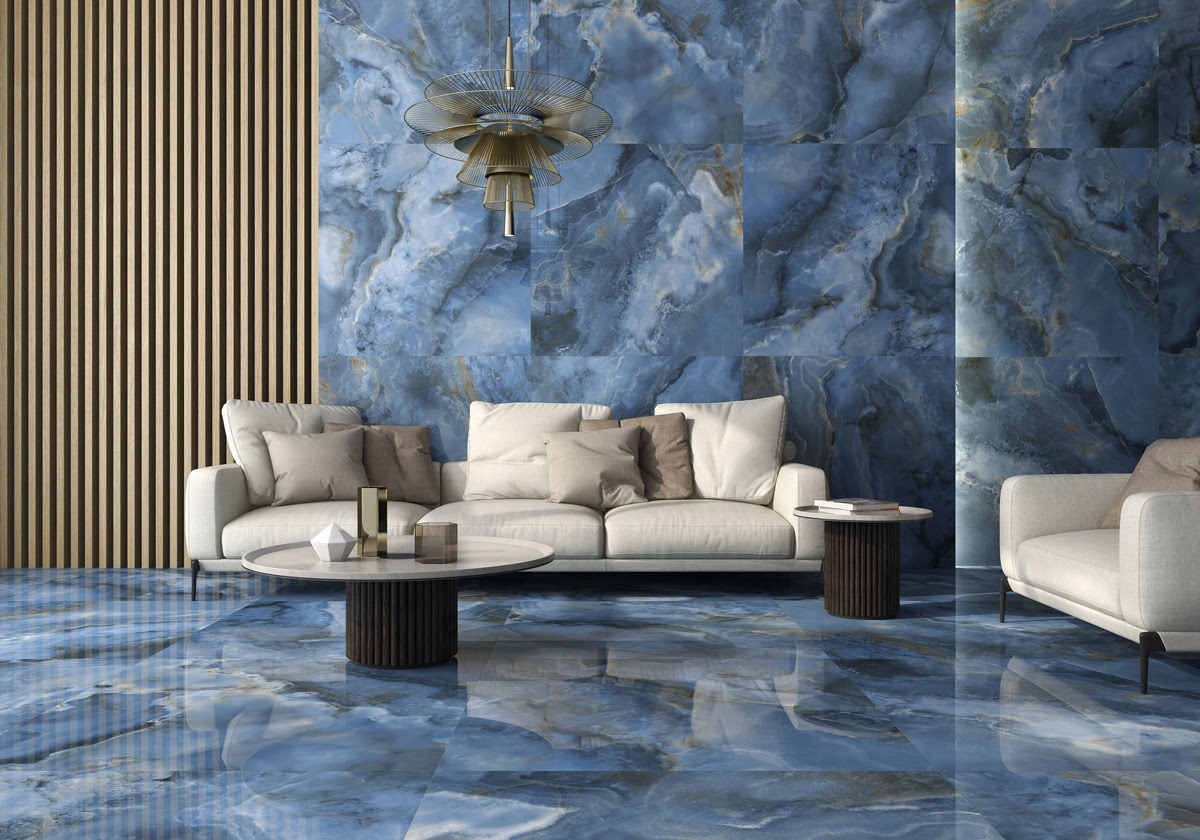

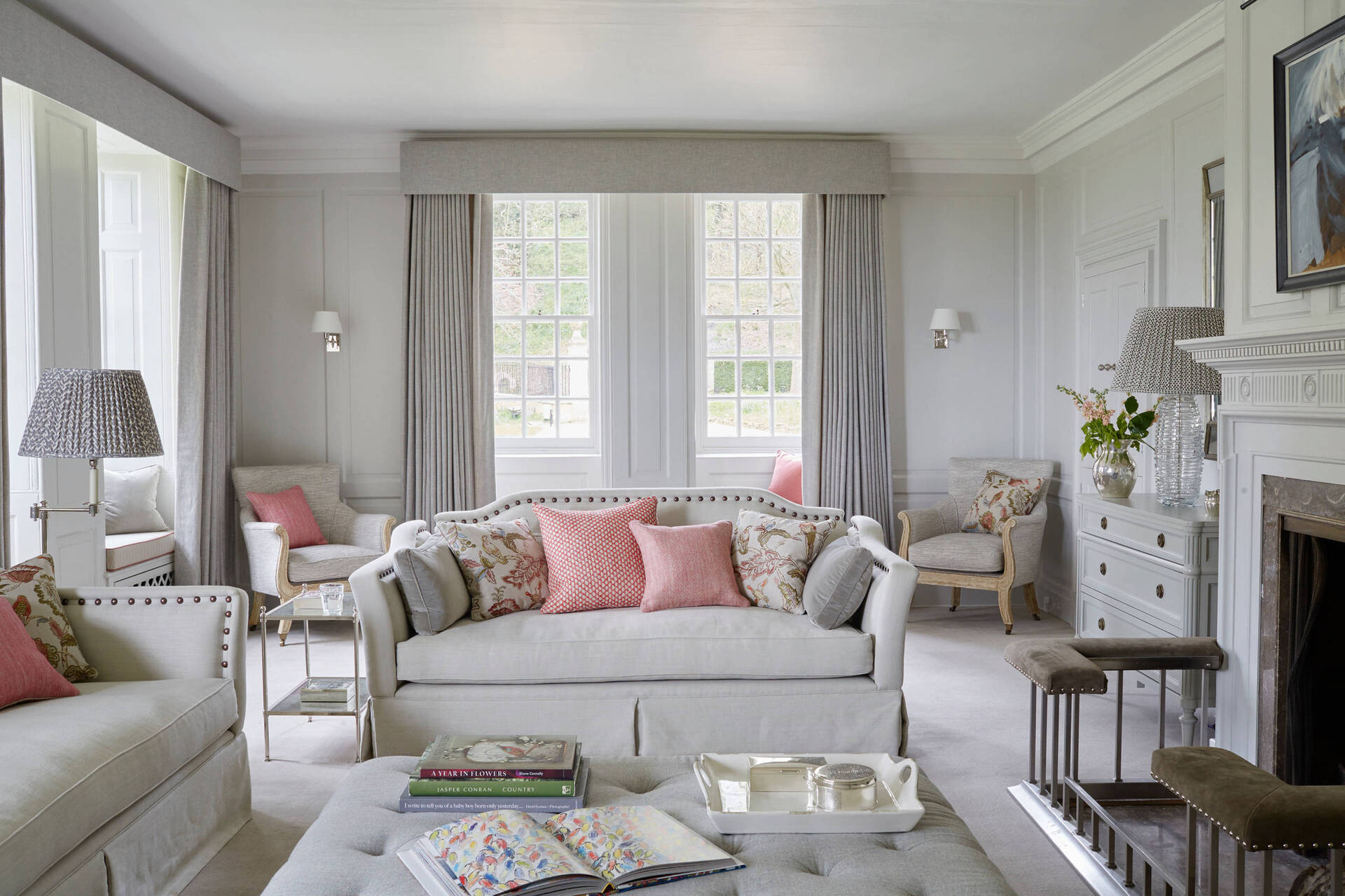
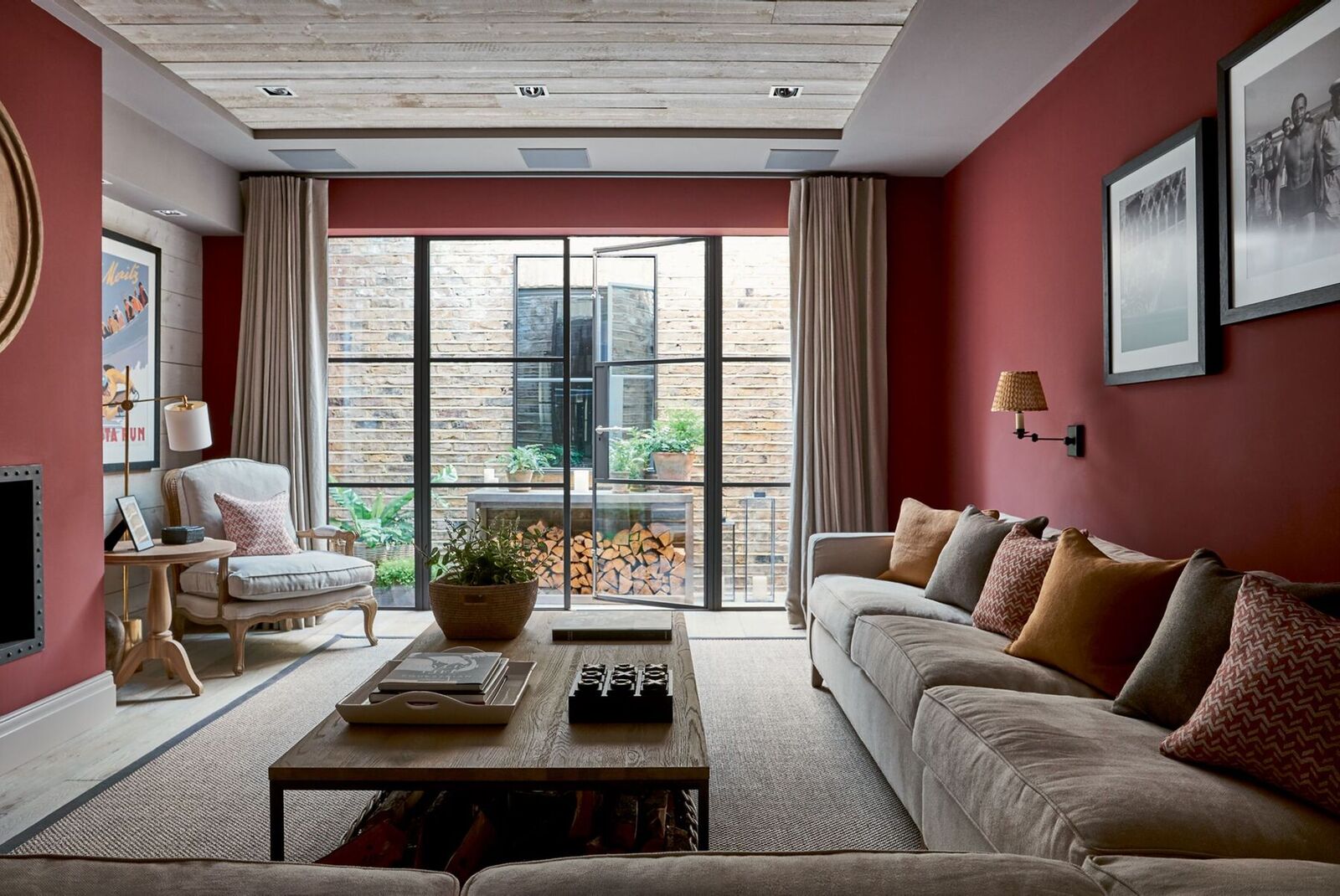
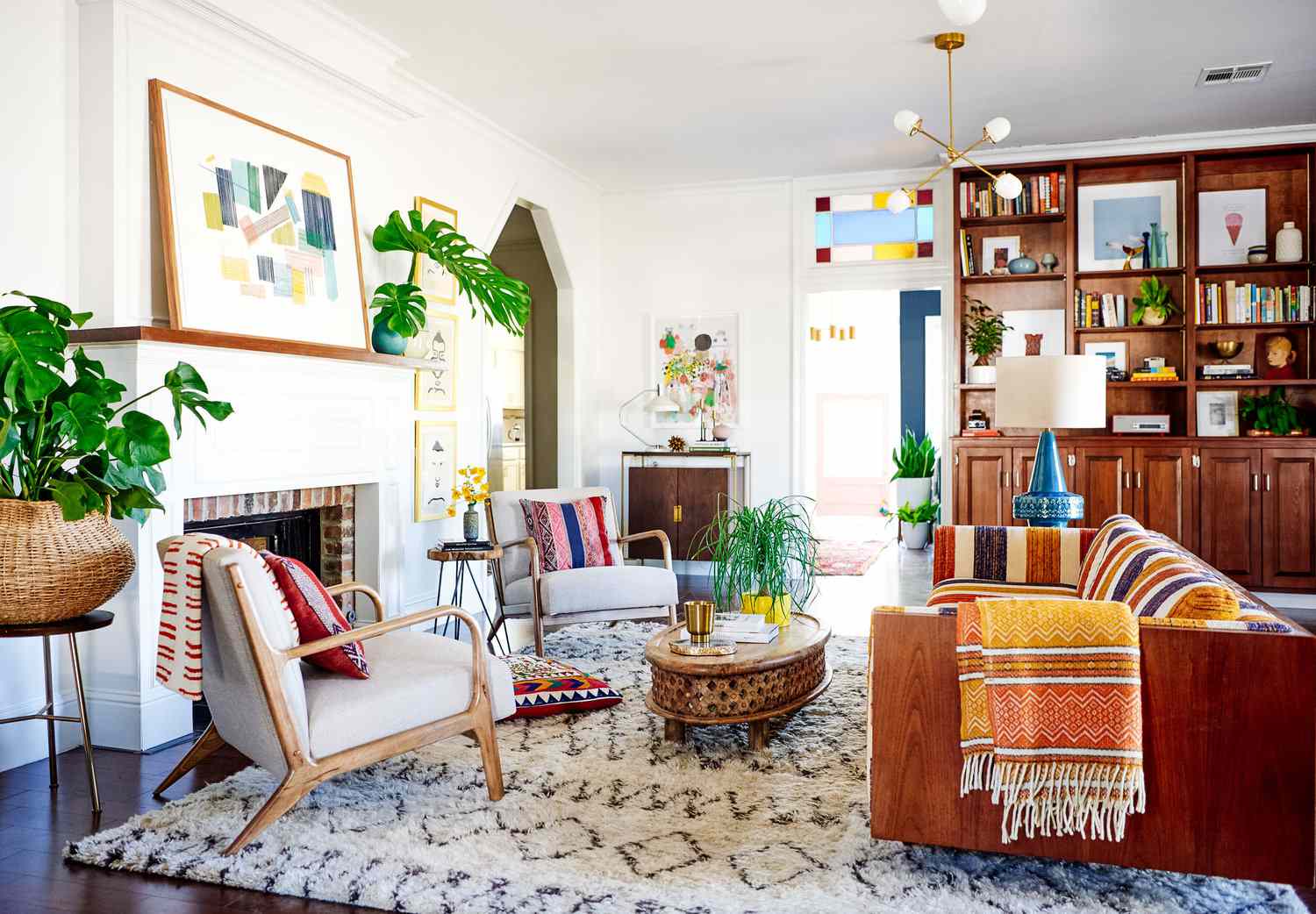
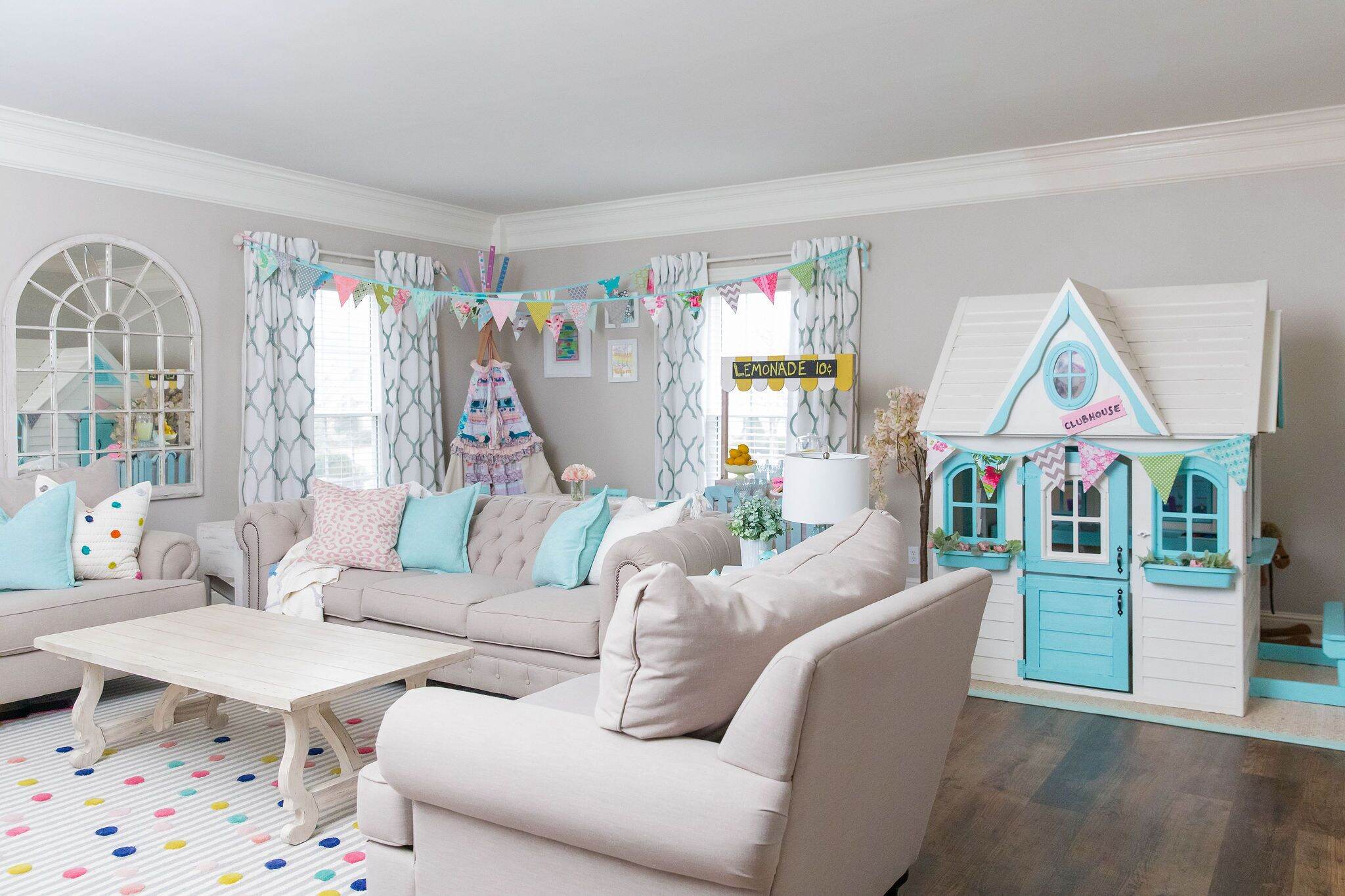
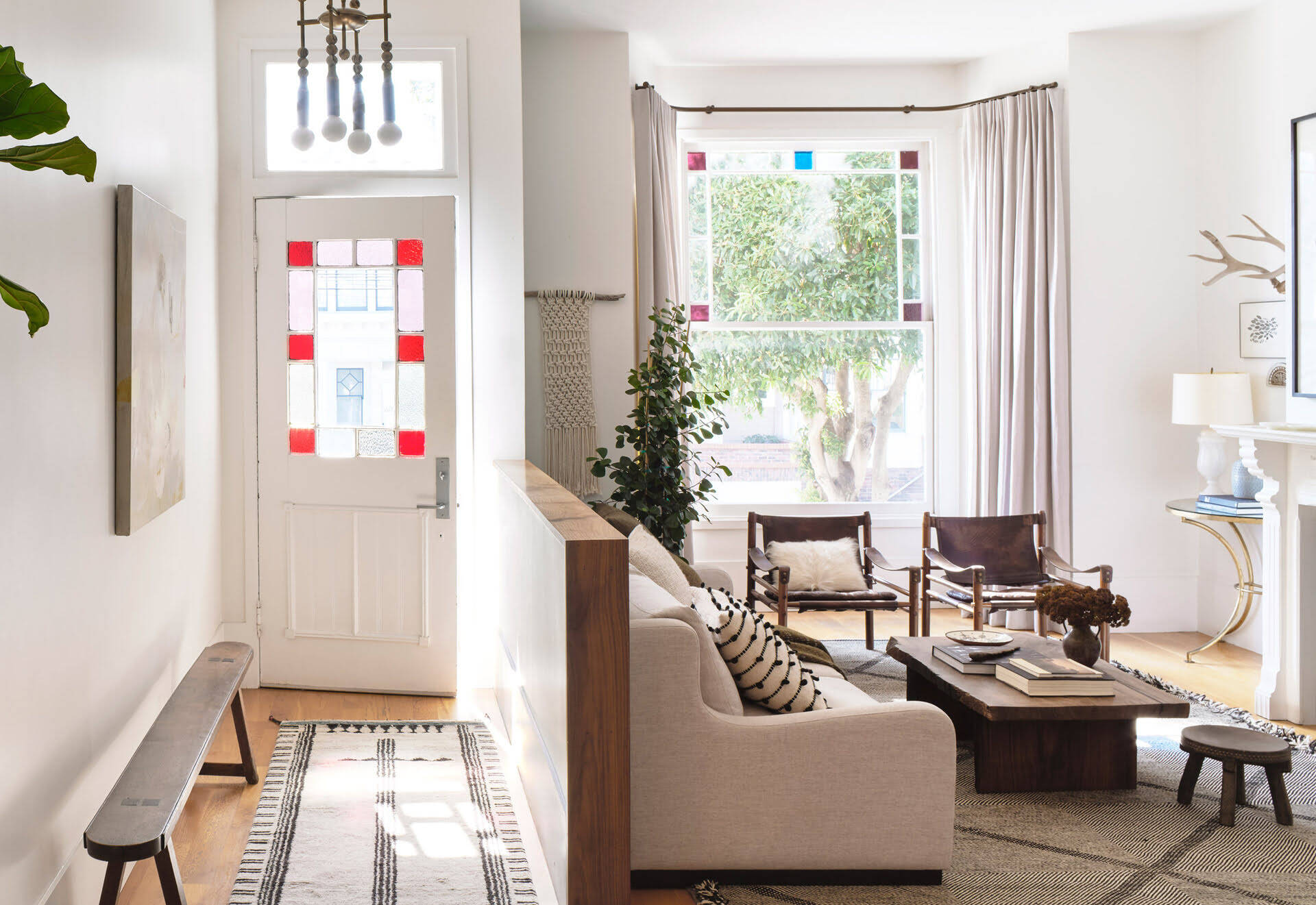
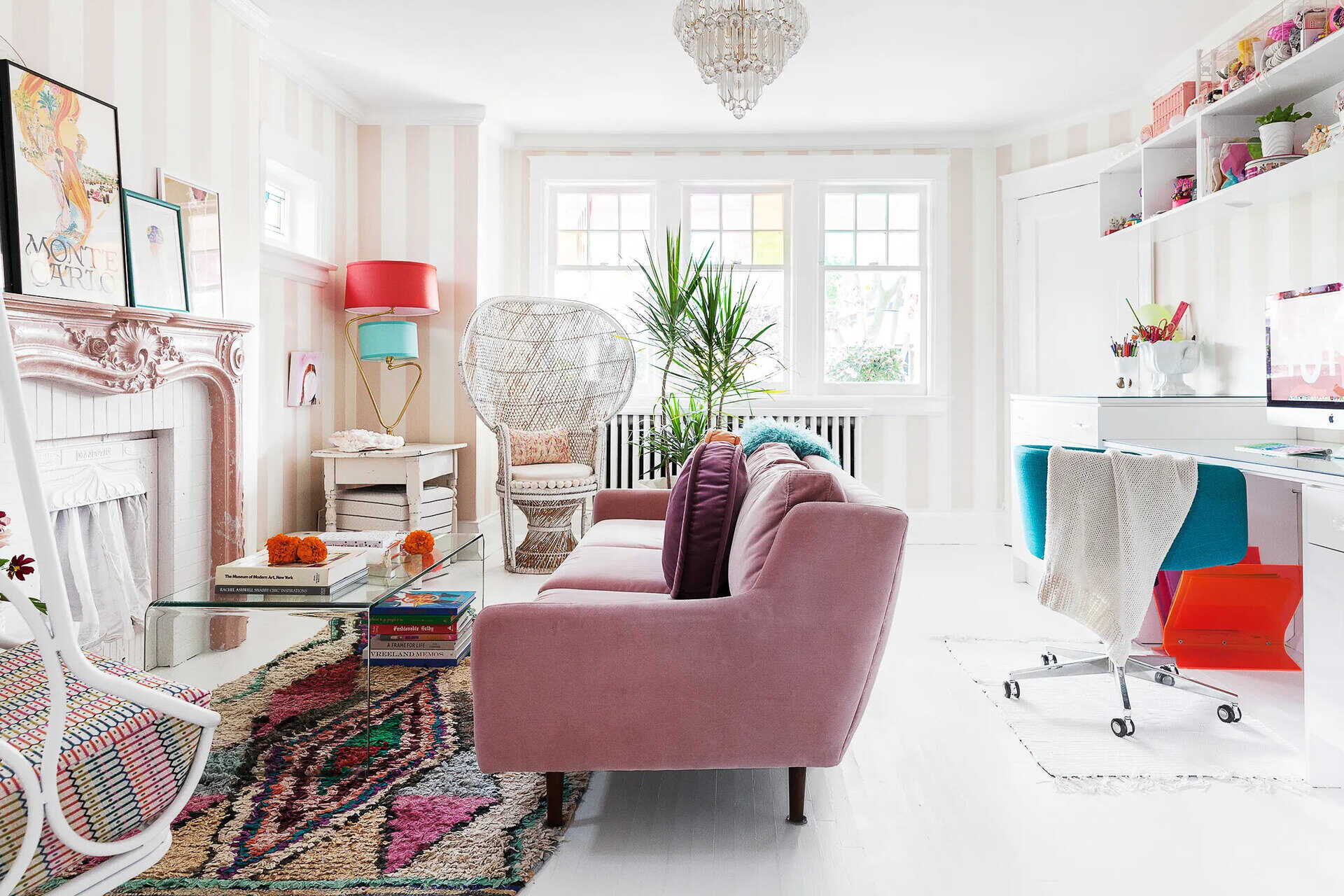
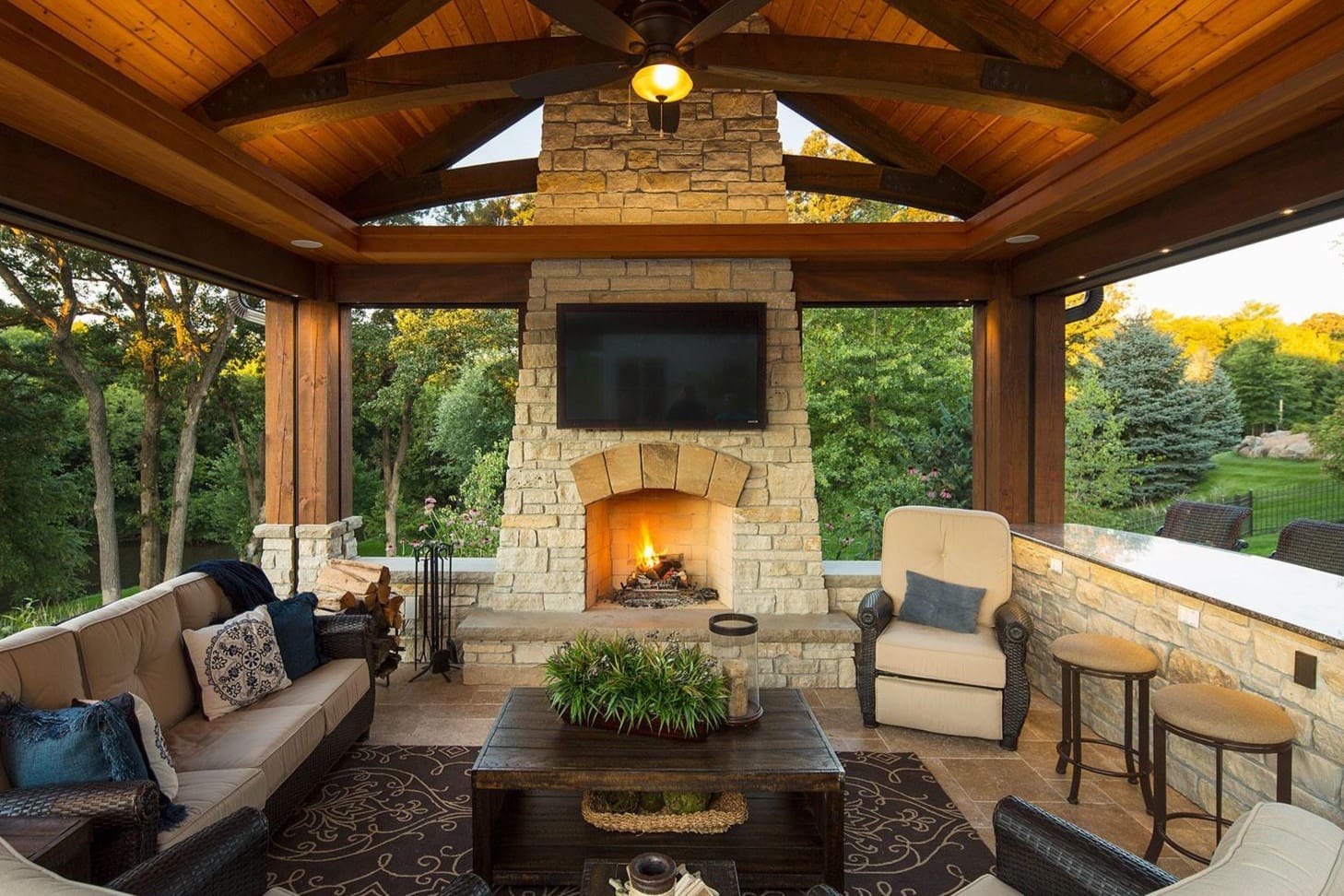
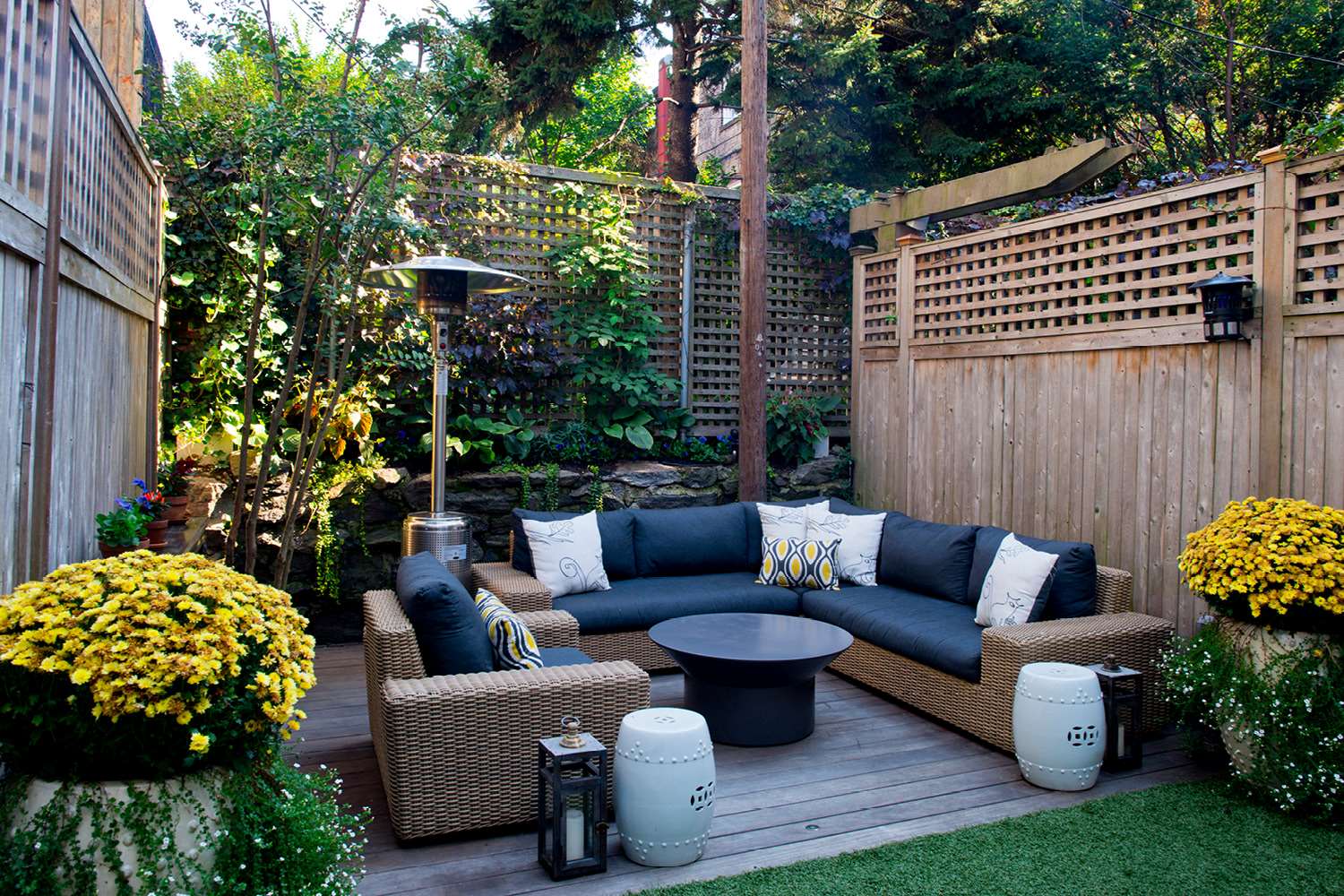
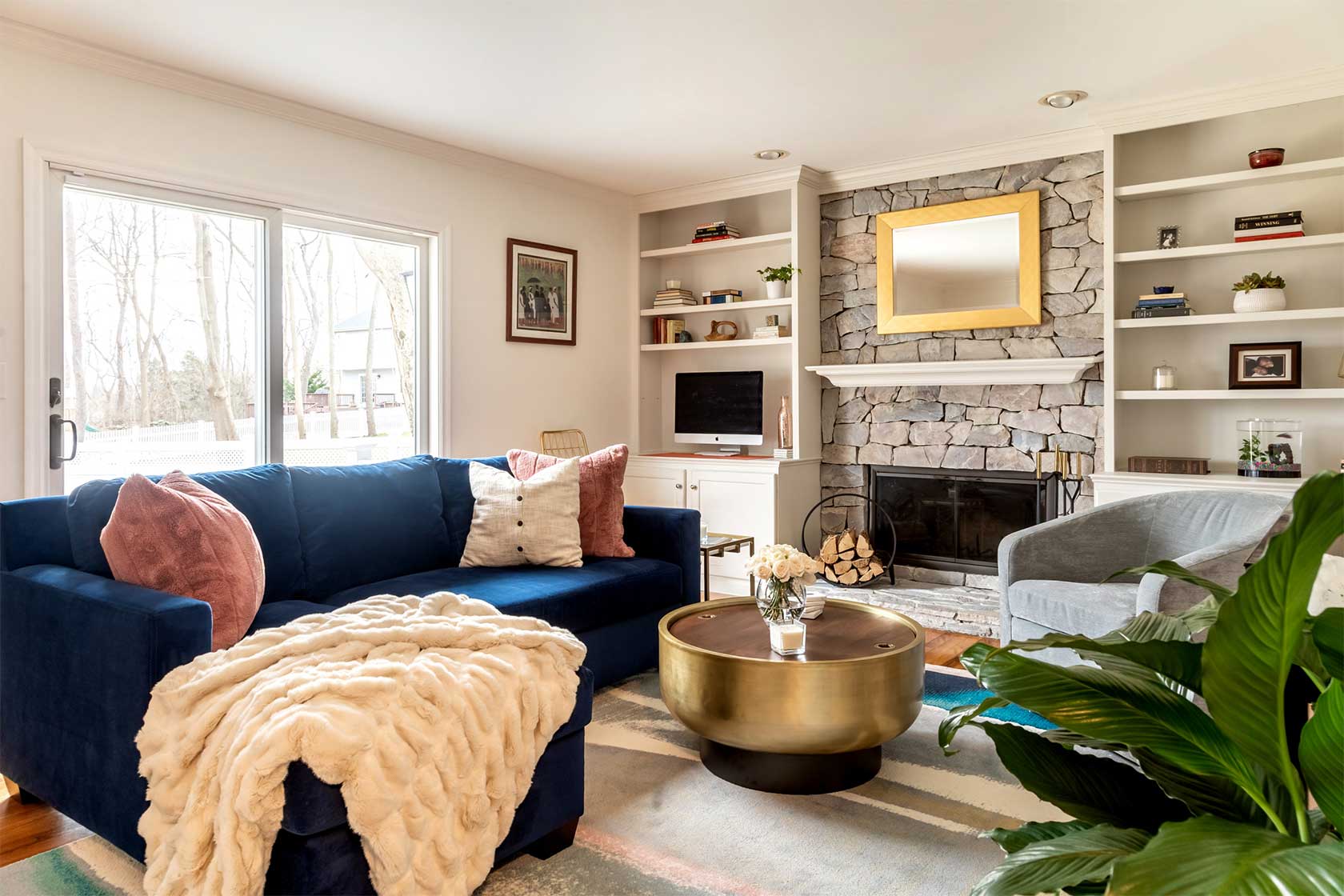
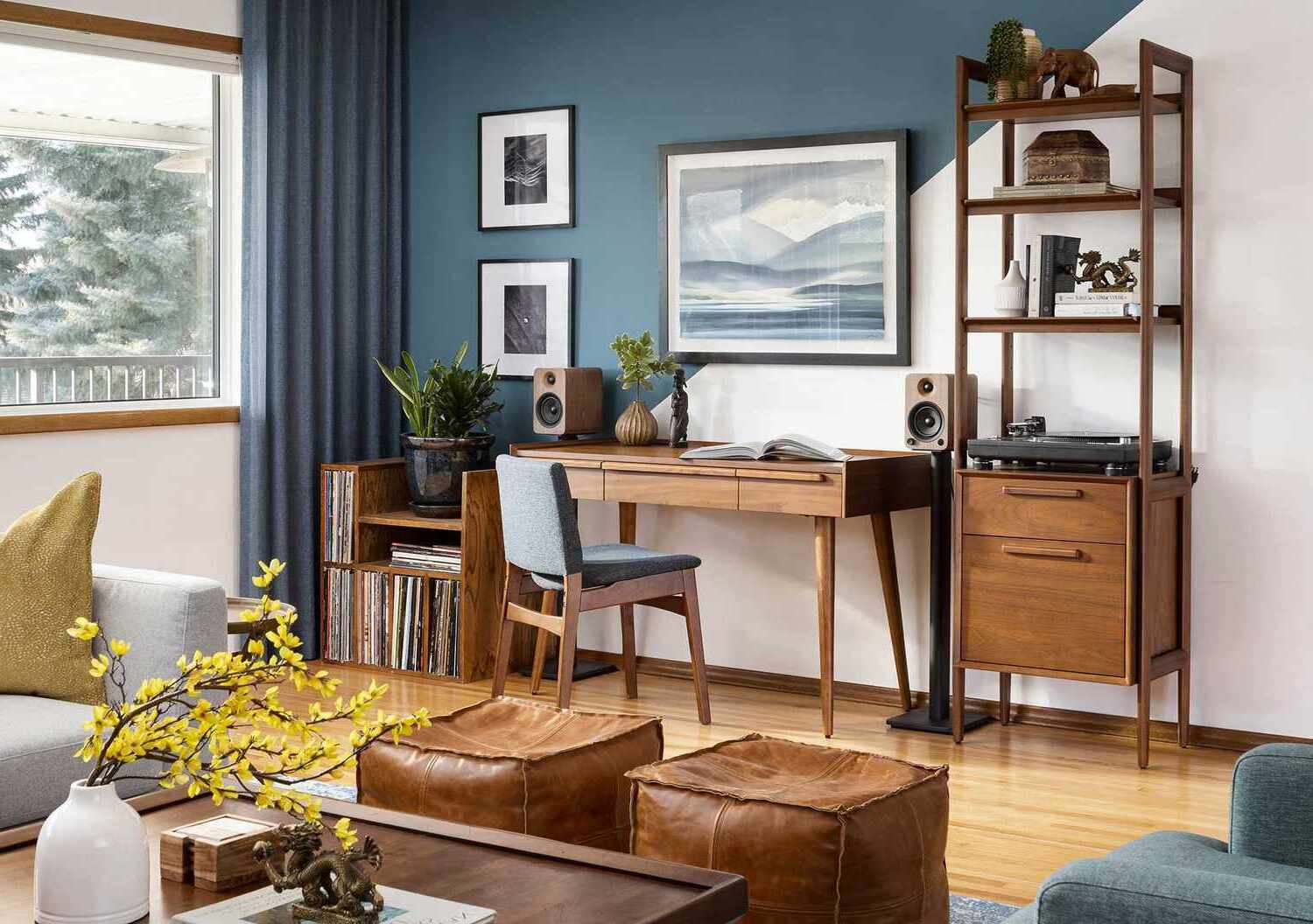


0 thoughts on “How To Design A Formal Living Room: Emma Sims Hilditch Advises On Creating Smart Spaces”